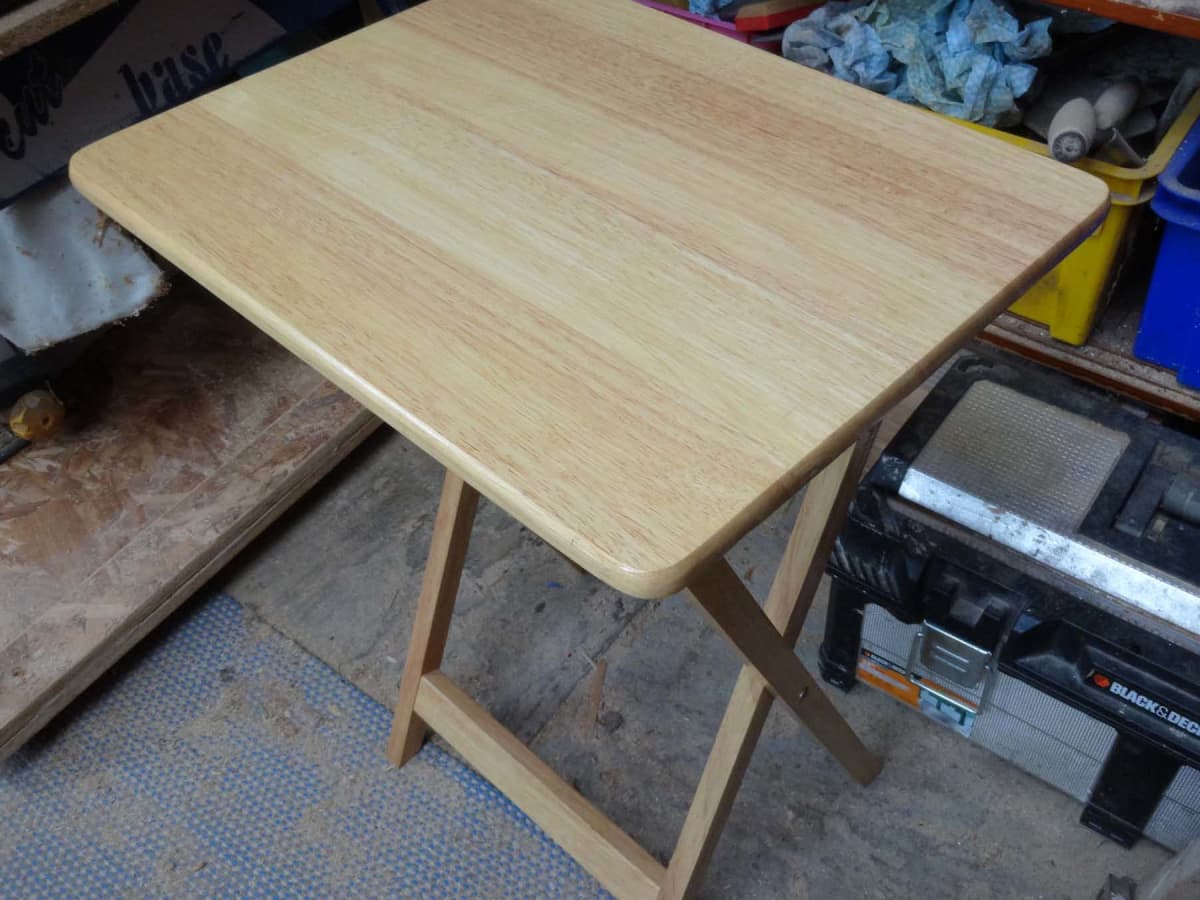What Does Highland Manor Wood Products, Llc Do?
Table of ContentsThe Best Strategy To Use For Highland Manor Wood Products, LlcThe Greatest Guide To Highland Manor Wood Products, LlcHighland Manor Wood Products, Llc Can Be Fun For EveryoneThe Ultimate Guide To Highland Manor Wood Products, LlcThe Ultimate Guide To Highland Manor Wood Products, Llc
Clean the busted edges of the table leg to make sure a smooth, strong bond. Thoroughly straighten the damaged items. Use secures to hold the items together briefly.Furthermore, eliminating the legs relieves the pressure they could endure if the table is brought or packed improperly, preventing them from birthing too much weight or experiencing excessive strain. Make sure that the table, particularly its legs, is firmly put in the relocating lorry. The table should not totter or have the potential to fall over.

Highland Manor Wood Products, Llc Things To Know Before You Get This
Take the covering up tape and cover your drill little bit about inches of the method down the bit. This is to help make certain you do not drill with the tabletop while making sure the deepness you require for the screws. Very carefully drill each of the screw openings to the appropriate depth, using the marks you made.
Make use of the effect motorist to screw each leg securely into area. It's best to go one leg at a time to ensure the placement is best and each leg is safe and secure prior to moving on to the following.
(https://blogfreely.net/highlandwo0d/building-beauty-the-highland-manor-wood-products-llc-story)
Repeat these actions to take care of any type of various other busted legs on the table.
Use a jig attended cut them diagonally from corner to collar to produce four edge blocks. Cut a notch out of the rear of the corner block reverse from the angled cut to ensure that the notch fits over the top of the leg and supplies added toughness in the edge.
What Does Highland Manor Wood Products, Llc Do?
Drive one even more screw, focused with the block, into the corner of the table leg. wooden bench legs. Step the size and size under the table between the legs.

For a designer appearance, usage bullnose or profiled moldings as opposed to hardwood strips. Great deals of tables have integrated stretchers to add security. Cots are horizontal items of wood regarding 4 inches up from the floor. 2 stretchers run between the sides of the legs on the table's brief ends, with one lengthy stretcher attaching the two short cots in the.

Highland Manor Wood Products, Llc Can Be Fun For Everyone
Each item has its own story to tell, and antique table legs play a critical duty in the general visual appeals and stability navigate to this website of these treasures. Recovering them not just revives their beauty yet additionally aids protect their historic value. Understanding antique table legs starts with recognizing the different sorts of antique tables and their historical contexts.
Antique tables come in different designs, such as Queen Anne, Chippendale, or Victorian, each with its distinct style and attributes. Understanding the type of table you have will certainly direct your repair efforts.
French bnisterie furniture, with its elaborate workmanship, would likely be most worth recovering and might demand professional services, whereas a table located at a yard sales might not warrant the repair price. As you start the journey of recovering antique table legs, one of the initial and pivotal steps is to very closely analyze these integral elements of your treasured item.
How Highland Manor Wood Products, Llc can Save You Time, Stress, and Money.
Begin by scrutinizing the surface of the table legs meticulously. Search for any type of noticeable cracks that may have established in time. Splits can vary in dimension and extent, from small surface area imperfections to deep architectural cracks. Each crack narrates of the table's history, and addressing them is necessary for both aesthetics and architectural security (coffee table legs).
These divides can jeopardize the general strength and look of the legs. Pay close focus to the joints where the table legs satisfy the table's structure or apron.
Review the total architectural integrity of the legs. Look for any kind of warping or turning that might affect their stability. Examine the joints very closely to determine the level of looseness. Some joints may just require adhesive and securing, while others may require added reinforcement. By meticulously assessing the wear and damage, you can develop a comprehensive restoration strategy customized to the specific needs of your antique table legs.